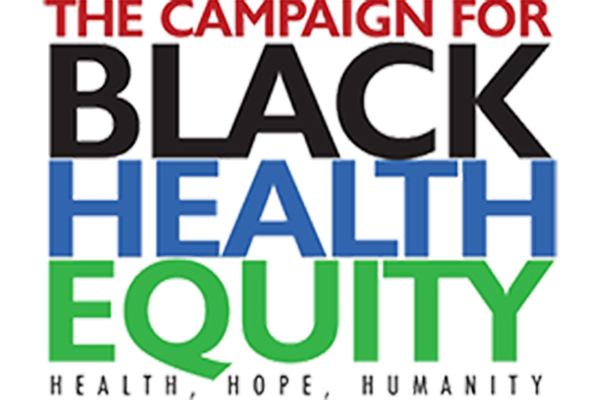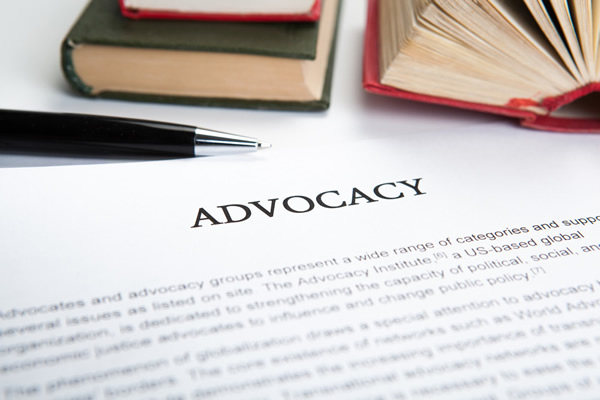Our state of California has been experiencing a deadly wildfires that have spread to both Oregon and Washington. All of these wildfires have forced residents to evacuate, took several lives, and degenerated our environmental health. Although wildfires may be hard for us to see at a distance a wildfire can have deleterious effects on our respiratory health no matter how far we live away from it.
In fact, studies have shown that wildfires leave the most lasting impact on minority communities, specifically Black communities causing our health to become more vulnerable during these tough times. It only makes sense for these communities to have a harder time dealing with natural disasters as Black Americans and immigrants tend to have less social capital and privileges, less income, and lower socioeconomic status to compensate for the damage caused by a natural disaster like a wildfire.
Although this situation is very sad and unfortunate, the same pattern occurs when discussing the intersection between COVID-19 and its negative effects on members of the Black community (both Black Americans and Black immigrants). The disproportionate rates of COVID-19 and deaths in the Black community are indicative of its negative impact. For example, in Chicago, African Americans comprise a third of the city’s population, but they have accounted for about half of those who have tested positive for COVID-19 and almost three quarters of COVID-19 related deaths.
In Milwaukee, African Americans make up 70% of deaths due to COVID-19 but only about 26% of the county’s population”.
As one can see, African Americans and Black immigrants are over-represented in deaths and those who tested positive for COVID-19 country-wide. There are a myriad of factors as to why African Americans and Black immigrants are part of a disproportionate representation in COVID-19 with some being living conditions, job environments, access to healthcare, and stress. Studies have shown that Black people in America are more likely to live in crowded household situations as a result of a long history of residential segregation and redlining policies. Thus, it may be harder to practice rules like social distancing in compact housing where there is less space or more people packed into one residence.
In other words, lower income minorities do not have the same luxury when it comes to social distancing compared to those of a higher income who can afford to live in households with multiple rooms and less people. Secondly, it can be argued that stress can have a significant impact on one’s ability to be able to develop a strong immunity towards viruses and sickness. With income inequality, institutional racism, inconsistent access to healthcare and so much more, Black people in America (and California) are several times more likely to suffer from both chronic and acute stress.
That being said, physiologically, the Black community is often at a disadvantage in the
ability to fight against disease. The stress from social and environmental iniquities have
already worn and “weathered” them physically, mentally, and emotionally. In addition, pre-existing and underlying health issues- something not new to the Black community can also have serious effects on how one’s ability to fight off a virus.
There are a multitude of health conditions that plague the Black community. For example,
Diabetes is 60% more common in Black Americans than their White counterparts. African
Americans are three times more likely to die from asthma than their White counterparts. These
diseases and conditions all lead to me more severe outcomes for those with stricken with
COVID-19.
In essence, this global pandemic has shed a spotlight on pre-existing conditions and inequalities
for Black people. COVID-19 has specifically highlighted the intersection of social inequality, health inequality, and the imoact of climate change on our health and well-being.
It is unjust, that Black people are over-represented in COVID-19 deaths, and among many of those who have tested positive, it is largely because of systematic and structural racism.




